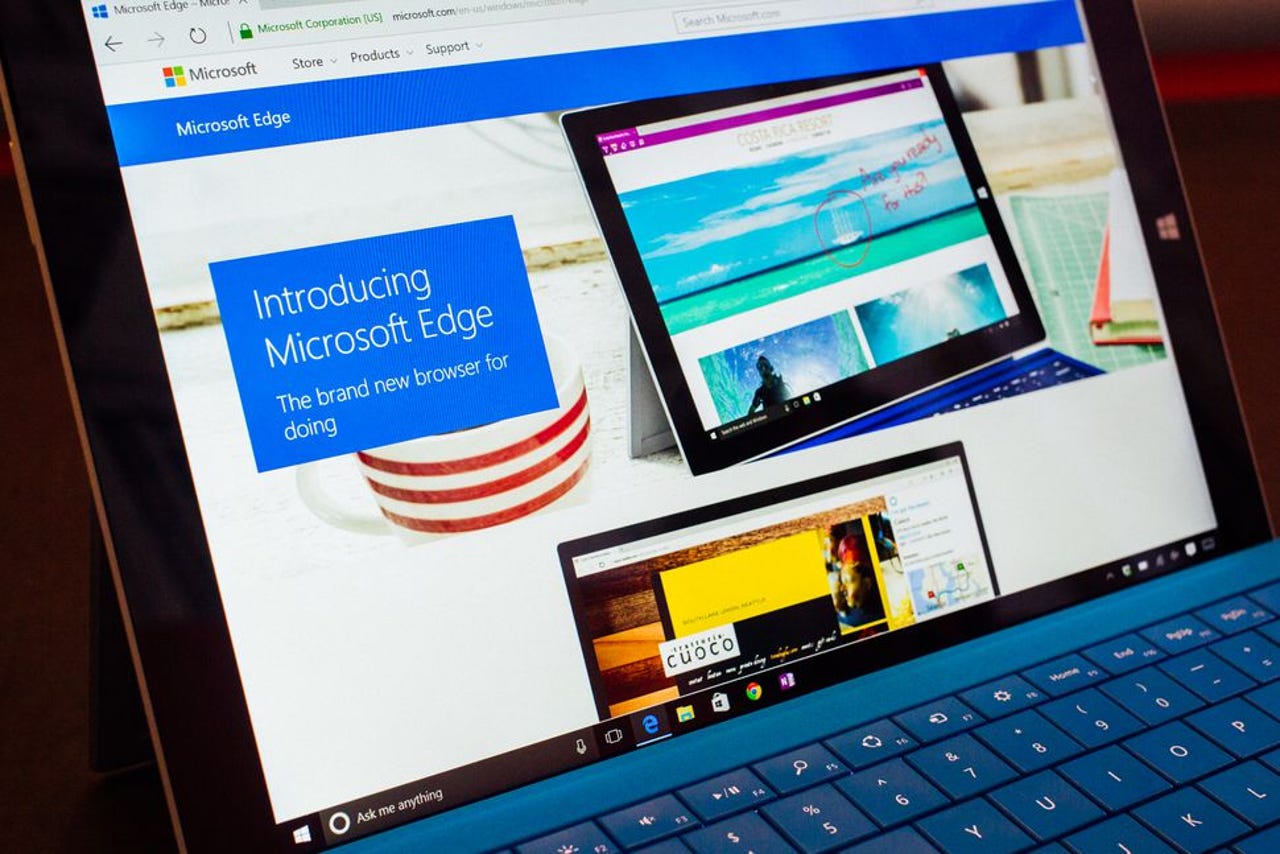Windows 10: Why does Microsoft Edge have only 70 extensions after a whole year?

Microsoft has taken a "purposefully metered approach" to building a "thoughtfully curated ecosystem" of extensions.
If you're wondering why Windows 10's built-in Edge browser has so few extensions a year on from enabling them, it's not because developers don't want to build them for a browser that few people use.
Rather, the sluggish pace of growth is because Microsoft is taking it slow and steady on enabling new extensions.
As Microsoft explains, it has set a "high bar for quality" to ensure Edge's security, performance and reliability aren't impaired by unwieldy extensions.
So even though Windows 10 users have been clamoring for more extensions to make Edge suit their needs, which in turn would boost usage, Microsoft has taken a "purposefully metered approach" to building a "thoughtfully curated ecosystem" of extensions.
The result is that a year after launching extensions in Edge, Microsoft now counts a total of only 70 extensions for the browser, which include AdBlock, Adblock Plus, Amazon Assistant, Last Pass, Save to Pocket, and Pinterest Save Button.
Despite having some widely-used extensions, the number pales in comparison to the extensions available for Chrome.
"Starting with a small group of the most popularly requested extensions has allowed us to mature our extension ecosystem as alongside our extension platform, as well as to build a smooth onboarding experience for developers over time," explain Microsoft's Edge team.
To build trust in Edge extensions, Microsoft says it's still manually vetting each extension submission before enabling distribution.
"We are extremely sensitive to the potential impact of extensions on your browsing experience and want to make sure that the extensions we do allow are high quality and trustworthy. We want Microsoft Edge to be your favorite browser, with the fundamentals you expect -- speed, power efficiency, reliability, security," writes the Edge team.
"Poorly written or even malicious add-ons for browsers remain a potential source of privacy, security, reliability and performance issues, even today. We want users to be confident that they can trust extensions in Microsoft to operate as expected. As such, we continue to evaluate each extension submission to ensure that it will bring value to our users and support our goals for a healthy ecosystem."
The other thing holding back extensions is support for extension features in Edge. Microsoft notes that over the past year it's enabled Native Messaging for extensions to communicate with a UWP app installed on Windows 10. It's also enabled Bookmarks, and is adding more APIs for extensions to use.
Previous and related coverage
Does anyone actually use (or even know about) Microsoft's Edge browser?
If you're a Web developer, deciding which browsers to support can be a big decision. Choose wrong and there are costly ramifications. With IE declining and mobile activity increasing, where does Microsoft's Windows 10-only Edge fit in? We decided to find out.
Windows 10 Edge, IE: We're now blocking sites signed with SHA-1 certs, says Microsoft
Microsoft drops browser support for HTTPS certificates signed with the SHA-1 hashing algorithm.
